Austrian e-taxis pioneer charging pad system
In Vienna and Graz, the ‘eTaxi Austria Project’ is starting a large-scale test run to test a new type of charging-pad charging technology over the next two years. With the Easelink system, electric taxis can charge with a connection to a charging pad at the taxi rank. The approach holds much promise for fleet operators.
* * *
In contrast to inductive charging technologies, Easelink‘s charging process does involve physical contact between the electric vehicle and the static charging source via a so-called connector that is lowered from the underbody of the vehicles and connects to the charging pad in the ground.
The eTaxi Austria Project is a thoroughly Austrian initiative. A total of ten taxi ranks and 66 electric vehicles are being prepared for the project in Vienna and Graz. The conductive charging technology called Matrix Charging comes from Easelink, a company based in Graz.
An AC power output of 11 kW with a transmission efficiency of more than 99 per cent will be transmitted at the Austrian taxi stands. Easelink says its Matrix Charging solution will “subsequently support up to 22 kW AC, 50 kW DC at 400 volts and 100 kW DC at 800 volts”. The VW ID.4 and the recently launched Hyundai Ioniq 5 will serve as pilot vehicles in Vienna and Graz. Easelink is providing both models with a retrofit solution that “can already be retrofitted into most of the electric vehicles available on the market today”, points out Hermann Stockinger, founder and CEO of Easelink. In Vienna, eight stands and 56 vehicles are being prepared for the project, in Graz there are two stands and ten vehicles. In addition, two classic HPC chargers are to be added in Graz “as a fallback level”.
The eTaxi Austria pilot project will run 66 taxis in full operation in an extended customer-oriented pilot phase before the system comes on the market. The project will run until 2024 but already in that year, the first series with the retrofittable version of Matrix Charging should also be available for customers. In addition to the retrofit kit, Easelink says it is currently working “with leading car manufacturers and suppliers on a series application of Matrix Charging”. In other words, new vehicles or vehicle parts will also be delivered with the solution ex works in the future.
Easelink does not yet want to communicate a price for end customers. However, the Austrian companies promise that “the cost structure of the technology will enable the use of Matrix Charging in all vehicle price segments”. Automated charging will thus be possible beyond the premium segment and also in the volume segment.
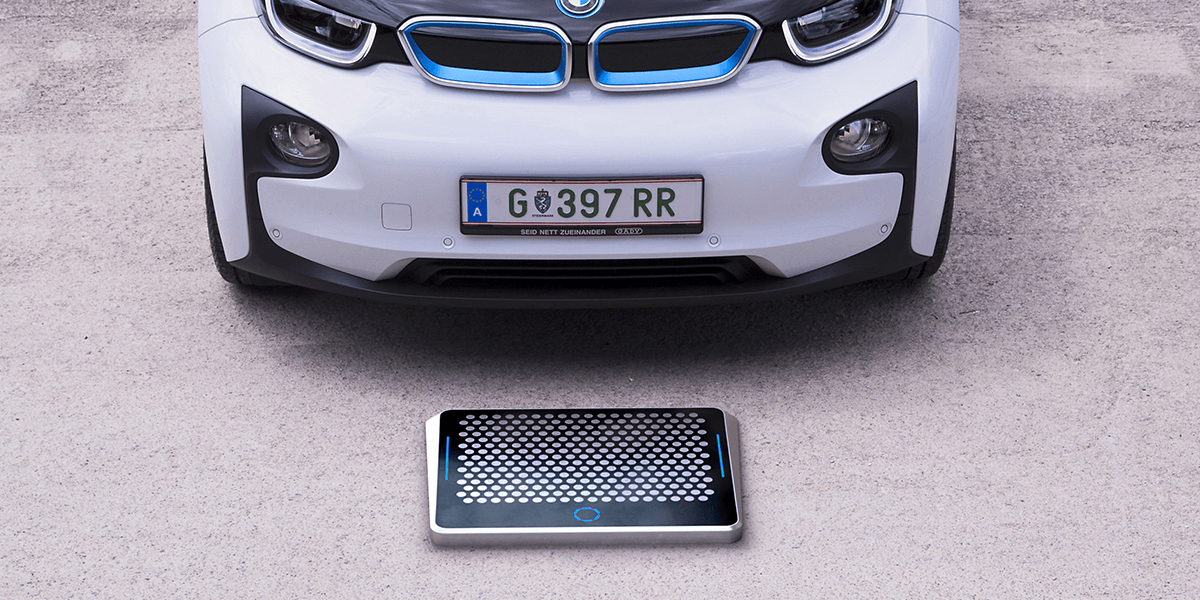
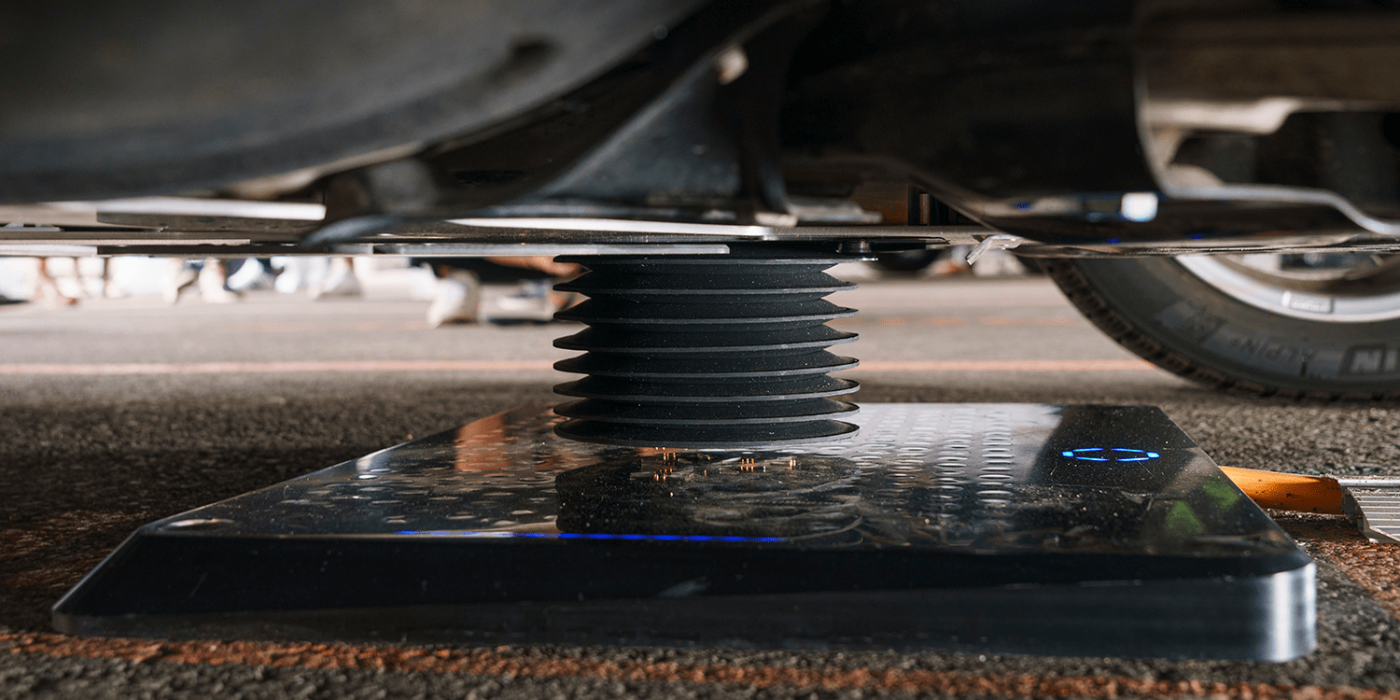
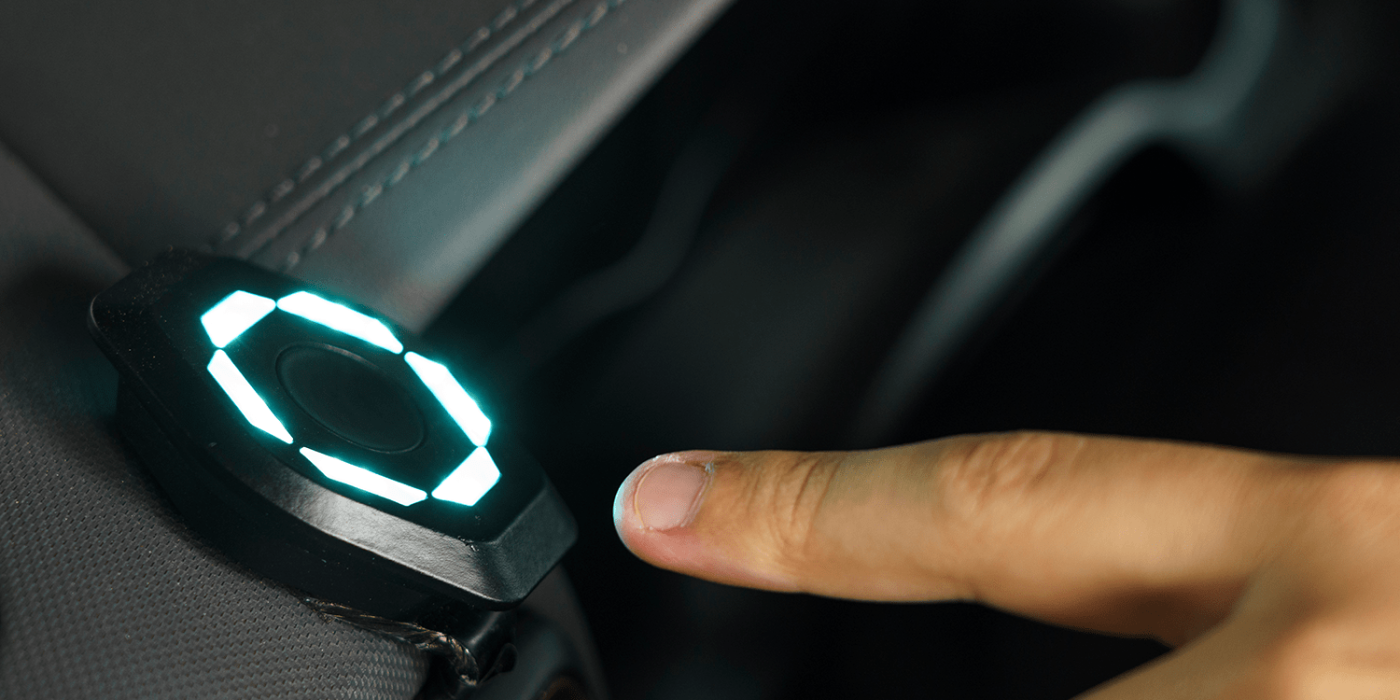
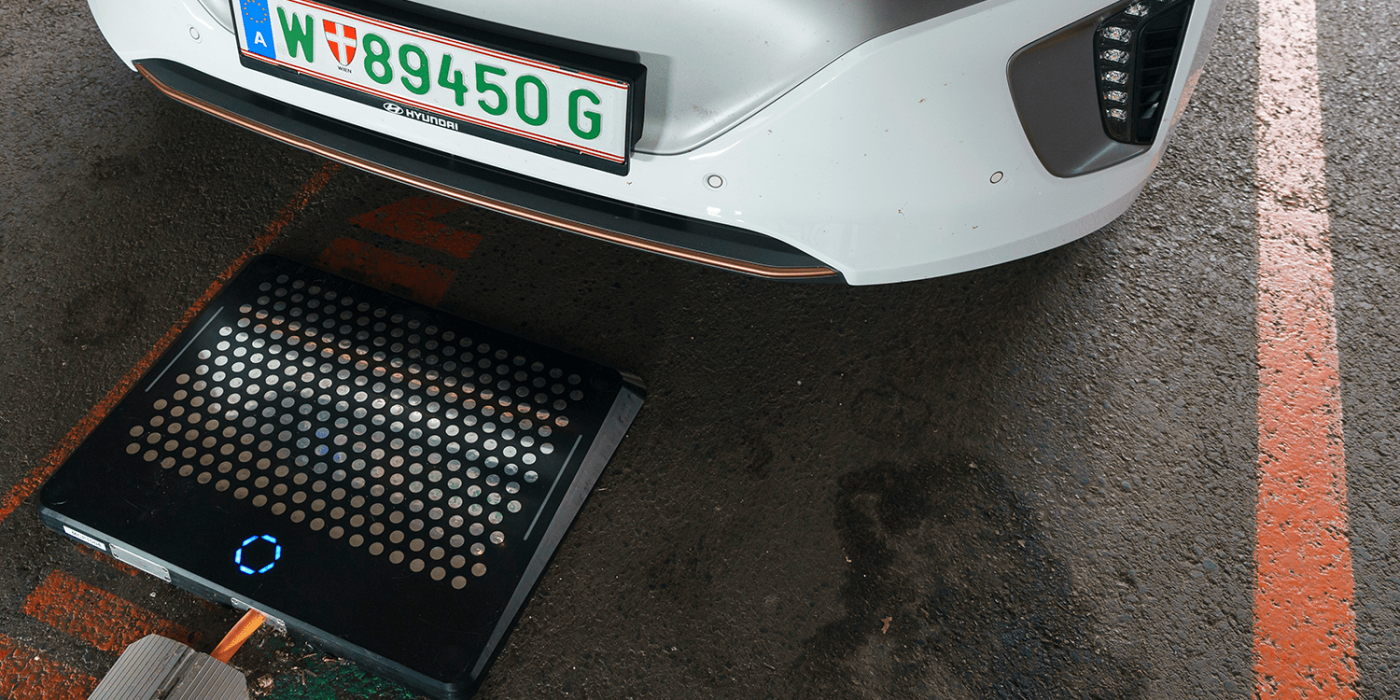
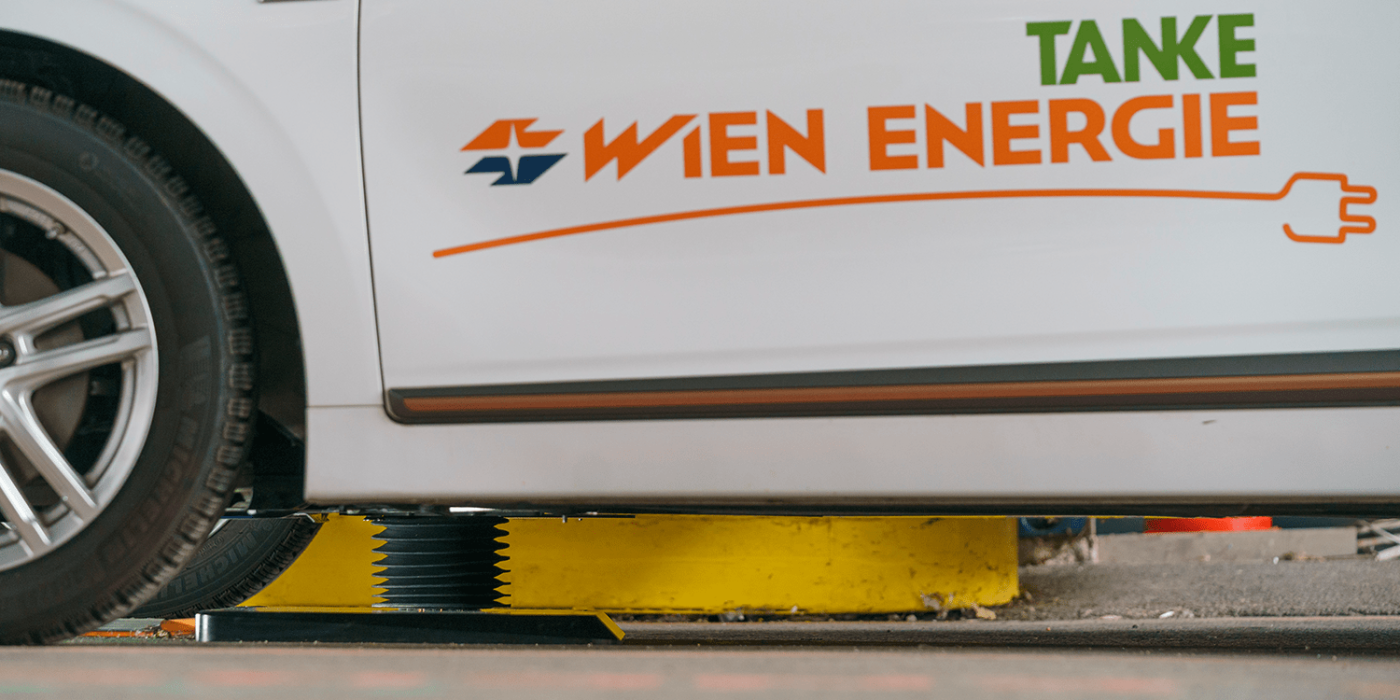
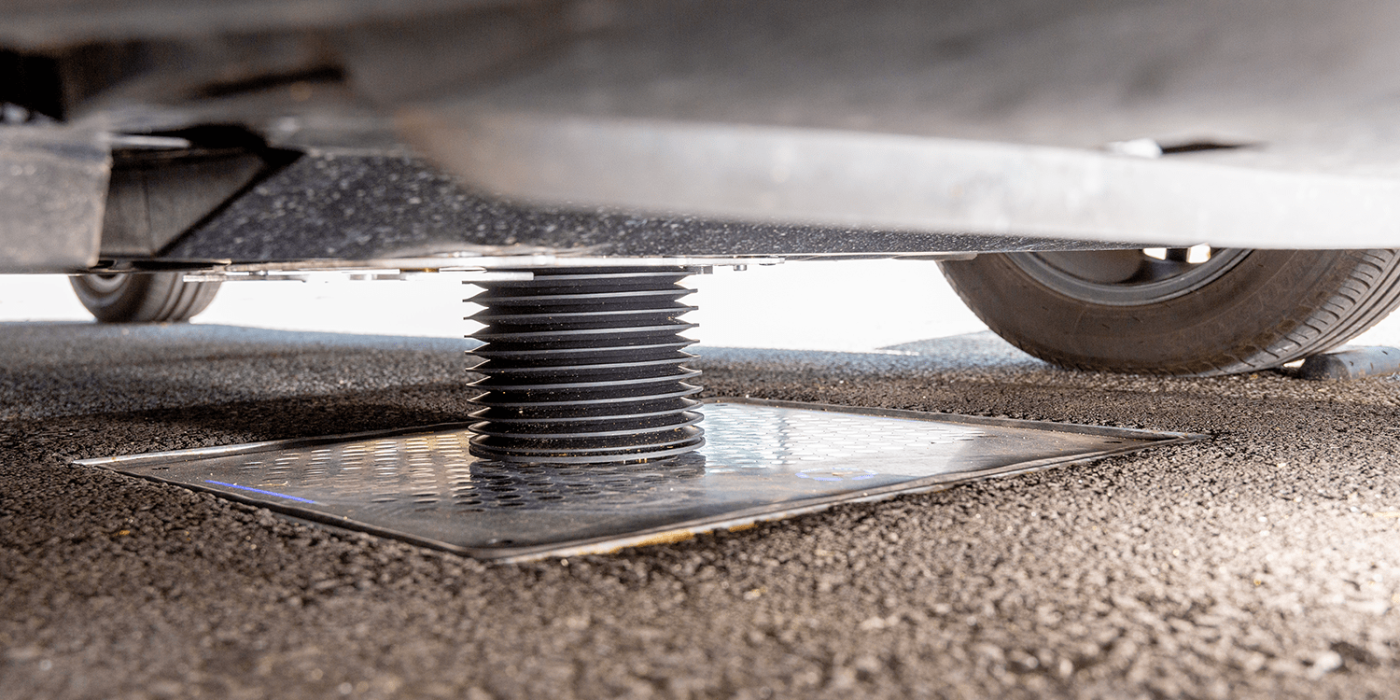
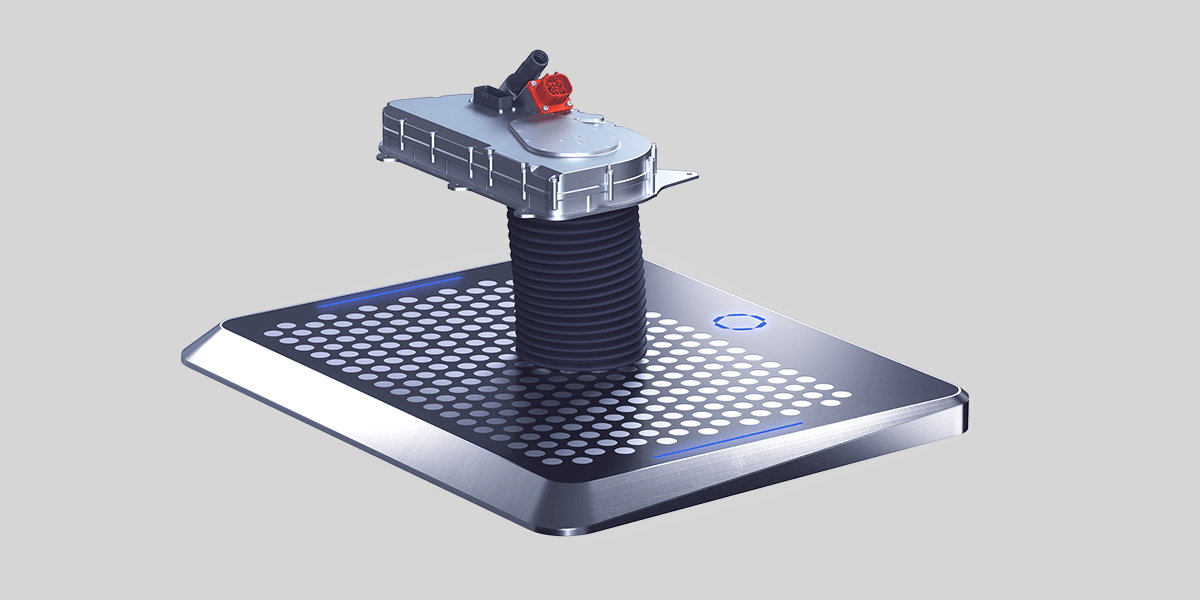
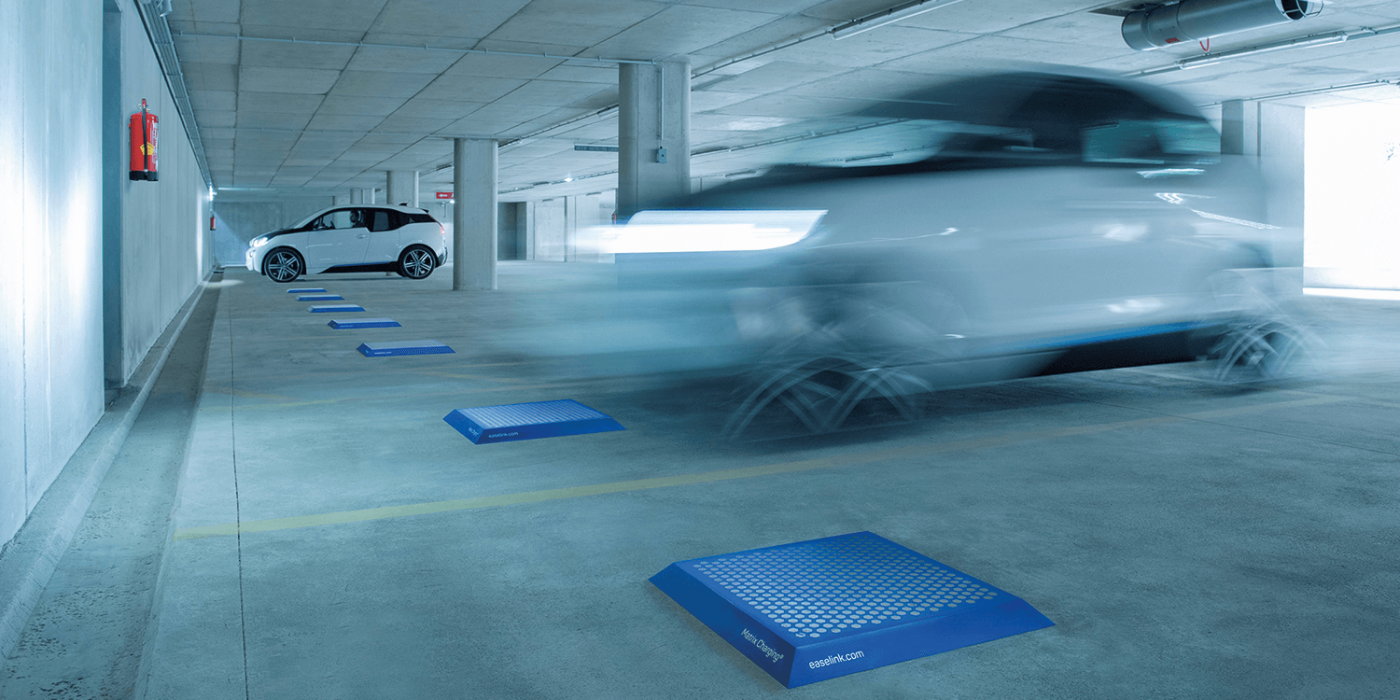
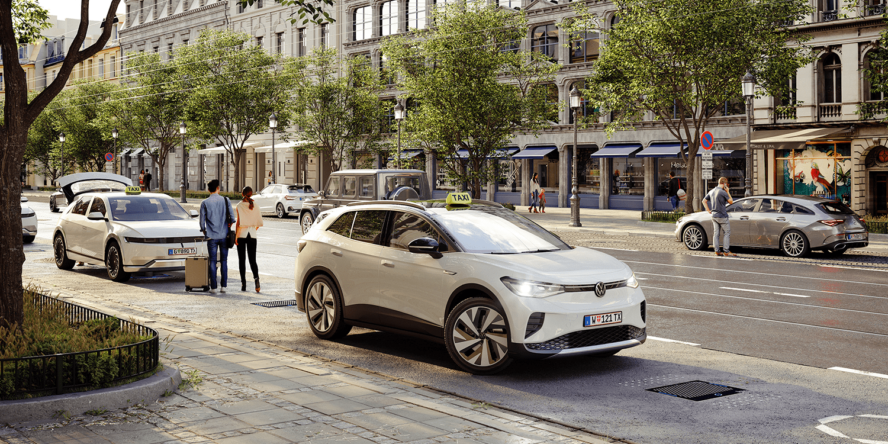
According to Easelink, tests are already underway with car manufacturers and suppliers, infrastructure providers and fleet operators as part of cooperation projects. Since summer 2020, the system has already been used by an electric car-sharing company in public spaces in Graz, and since this spring there has also been a development partnership with the Austrian Automobile, Motorcycle and Touring Club (ÖAMTC). Most recently, the charging system could be experienced in an electric vehicle platform from supplier Schaeffler at the IAA Mobility in Germany. At the end of last year, Easelink even reported interest from China.
The manufacturer is targeting both fleet operators and private individuals with its solution. Above all, however, all those who have to cover idle times during their working hours. The taxi industry is ideal in this context because interruptions for journeys to the next charging station can be avoided in this way. By eliminating bulky charging stations and cables, the charging infrastructure can be rolled out in densely built-up areas without requiring additional space. The company points out that the project enables year-round comfort for drivers and customers, such as cooling and heating the electric cars at the taxi stand without reducing the range, as well as simple moving forward and backward at the taxi stand without a cable.
Hermann Stockinger adds that the charging pads at the car park are robust and maintenance-free and can be installed in public spaces as well as in private garages. They can withstand a wheel load of up to 2.5 tonnes and have an automatic cleaning mechanism. In Vienna and Graz, the charging pads are now placed directly at the taxi stands.
In Austria, the initiative is significant in that the Alpine nation only wants to allow taxis with zero-emission drives from 2025. An entire consortium is behind the implementation of eTaxi Austria. In addition to Easelink, the core team consists of the Vienna and Styrian Chambers of Commerce, the energy companies Wien Energie and Energie Graz, the Graz Energy Agency, the companies tbw research GesmbH, Taxi 40100 and Taxi 31300 as well as ‘vibe moves you’ and Quintessenz Organisationsberatung. Other partners involved are the ÖAMTC and car manufacturer Hyundai.
The project is also funded by the Austrian Climate and Energy Fund within the framework of the Zero Emission Mobility Implementation programme. Of the projected project volume of 7.5 million euros, the public sector will contribute 2.2 million euros.
In the course of the above-mentioned cooperation projects, Easelink can now point to a number of supporters of its technology. Paul Gredler Oxenbauer, group manager of Charging Solutions at the energy group Wien Energie, states that “through the decentralised construction of the charging infrastructure and a high connection time of the vehicles with the charging points, a grid-serving integration into the urban electricity grid can be achieved”.
And Christian Klejna, expert for electric mobility at ÖAMTC, reports that “our experience in testing Matrix Charging within the ÖAMTC e-fleet has shown that Matrix Charging is excellently suited as a technically safe and robust solution for the eTaxi project”.
Easelink has been working on its automated conductive charging technology since 2015 and has secured “numerous patents and trademarks” in the process. The company currently employs 24 people and has locations in Graz/Austria and China. Easelink is also involved in several standardisation bodies for charging technology, such as the Charging Interface Initiative (CharIn), the International Electrotechnical Commission (IEC) and the International Organisation for Standardisation (ISO).
easelink.com, etaxi-austria.at (project website)
Reporting by Cora Werwitzke



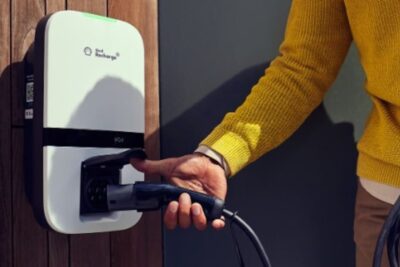
0 Comments